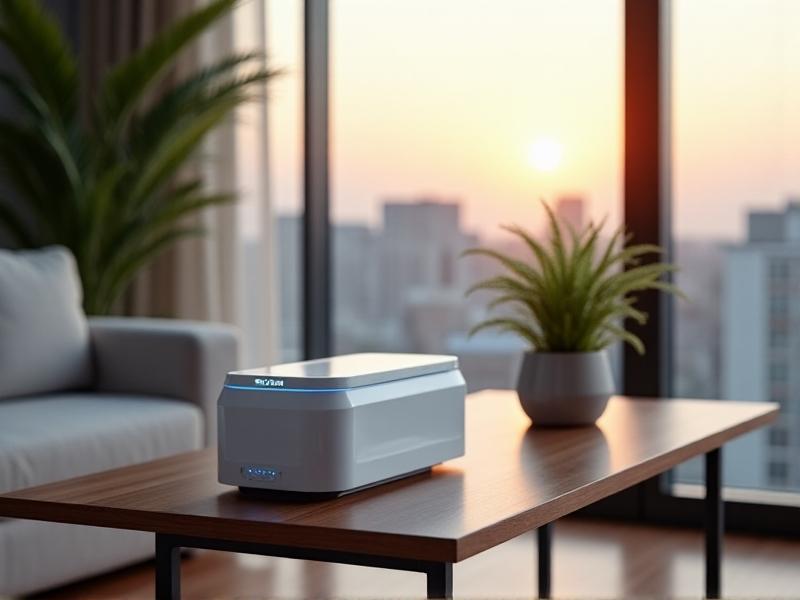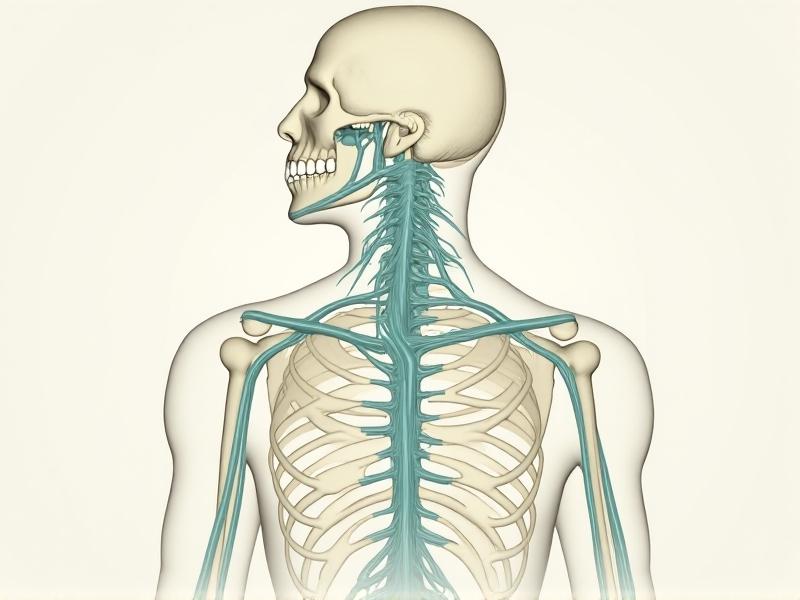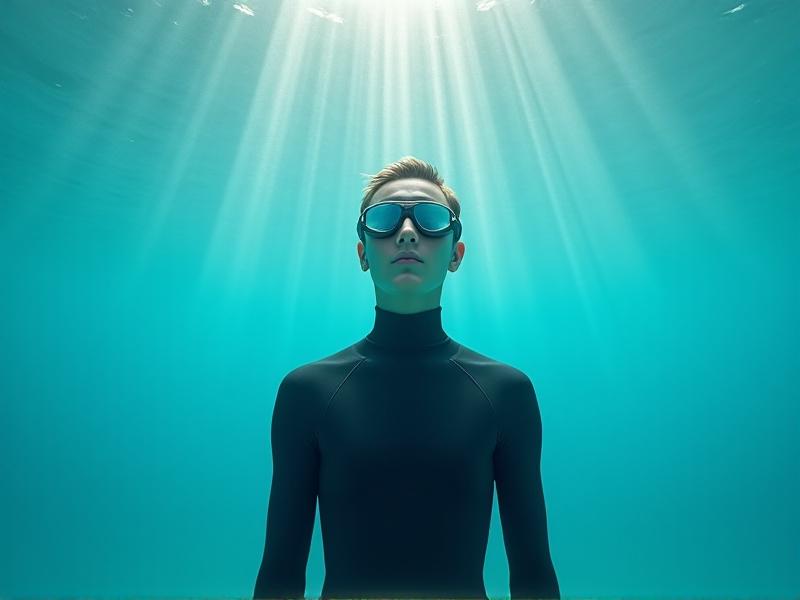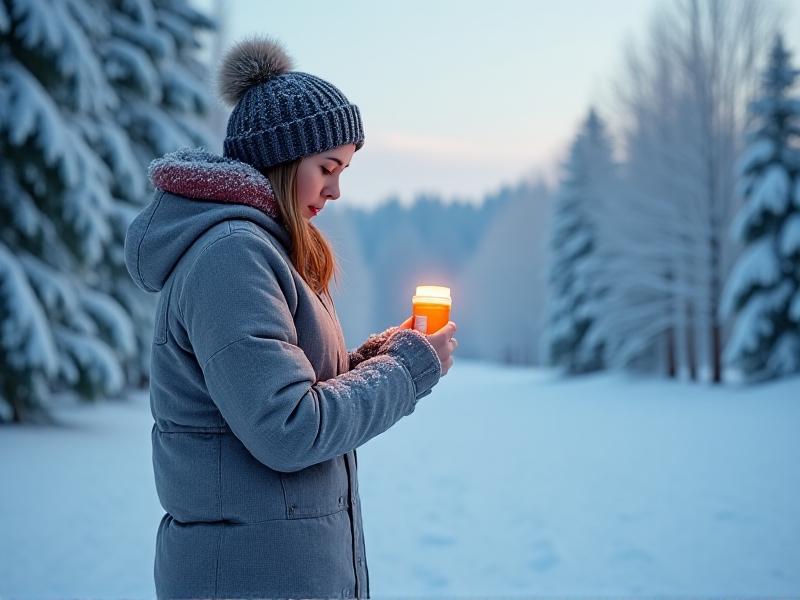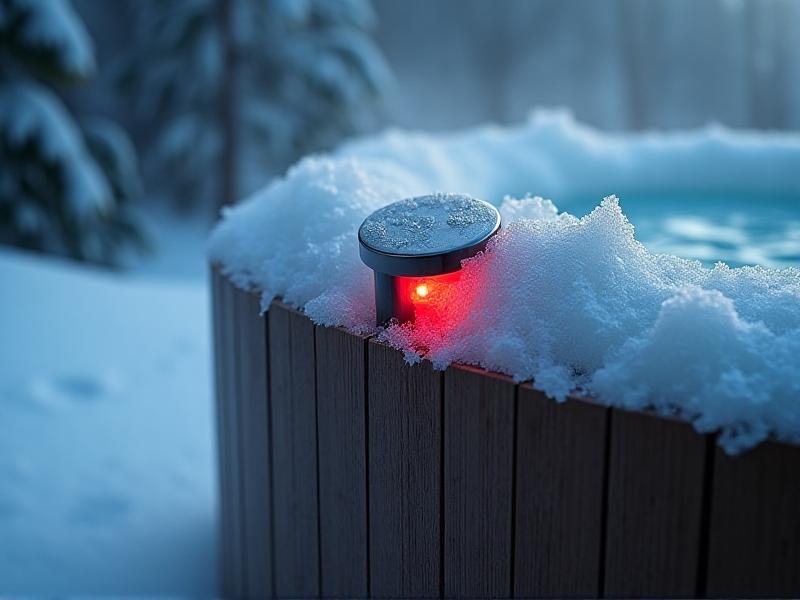Portable Cold Plunge Solutions for Travel
Why Travelers Need Portable Cold Plunge Solutions
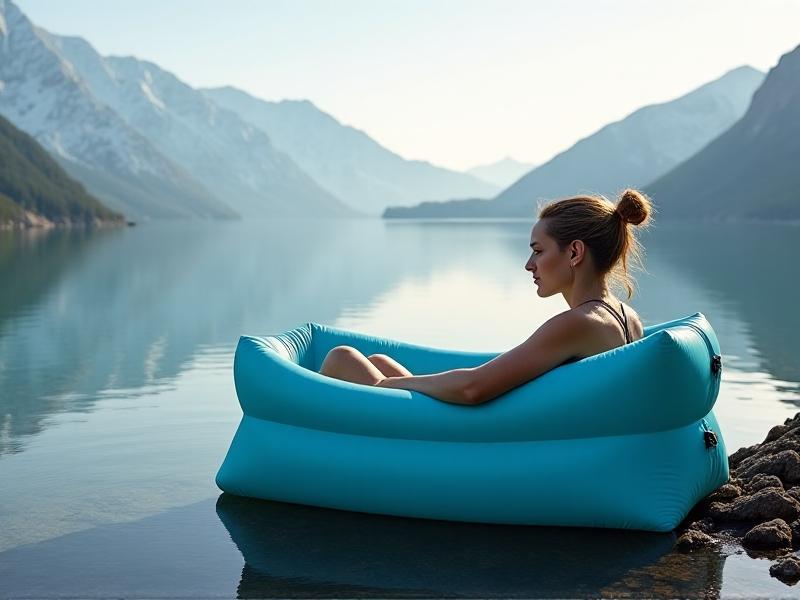
For athletes, biohackers, and wellness enthusiasts who travel frequently, maintaining a cold plunge routine can feel nearly impossible. Traditional ice baths are bulky, require constant ice replenishment, and aren’t designed for mobility. However, the benefits of cold therapy—reduced inflammation, faster muscle recovery, and enhanced mental clarity—are especially valuable for travelers juggling time zones, physical activity, and stressful itineraries. Portable cold plunge solutions bridge this gap by offering lightweight, durable, and easy-to-use alternatives that fit into luggage or car trunks. Whether you’re a digital nomad, a professional athlete on tour, or an adventurer exploring remote trails, these tools ensure your recovery ritual stays uninterrupted.
Types of Portable Cold Plunge Systems
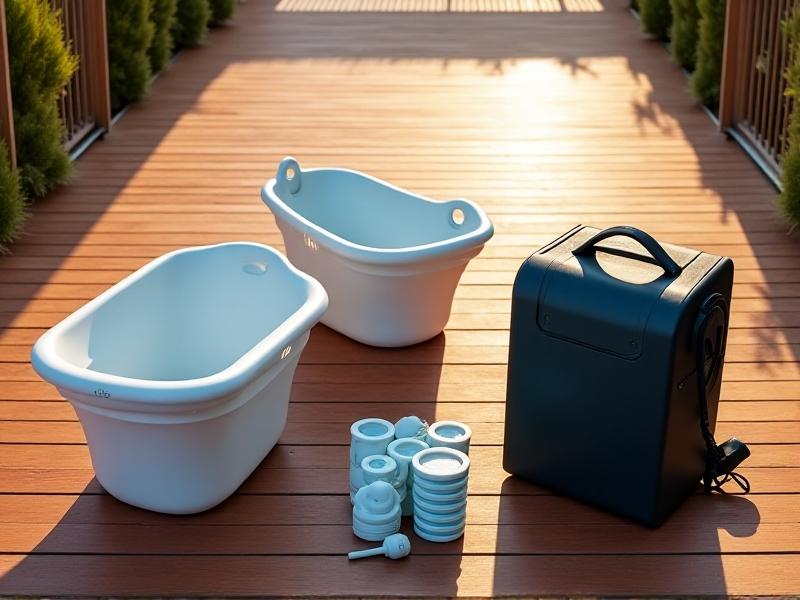
Portable cold plunge systems fall into three main categories: inflatable tubs, collapsible ice baths, and hybrid cooling units. Inflatable tubs, like the popular IcePod Travel Edition, use robust PVC or thermoplastic materials and fold into compact carrying cases. Collapsible options, such as silicone-coated fabric tubs, offer ultralight portability but may require manual ice addition. Hybrid units combine cooling technology (like thermoelectric chillers) with insulated containers, allowing users to set precise temperatures without ice. While pricier, hybrids eliminate the need for ice hunting—a game-changer for urban travelers or those visiting ice-scarce regions. Key considerations include setup time, insulation efficiency, and weight.
Key Features to Look for in Travel-Friendly Cold Plunge Gear
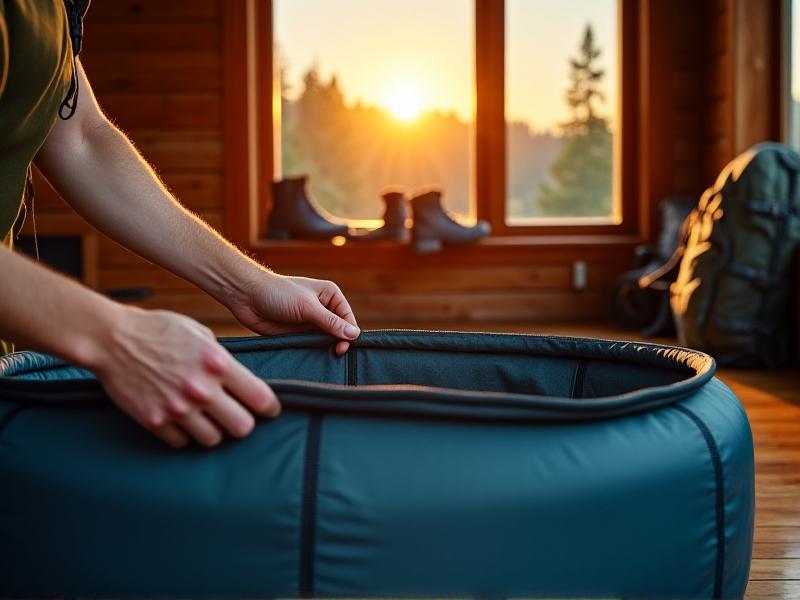
Durability is non-negotiable. Look for puncture-resistant materials like military-grade PVC or reinforced silicone. Insulation matters just as much—thick foam layers or vacuum-sealed walls keep water cold for hours. Portability hinges on weight and packed size: aim for products under 15 lbs that fit in standard luggage. Bonus features include built-in drainage systems, antimicrobial coatings, and compatibility with portable water filters. For tech-centric users, app-controlled temperature settings or solar-powered chillers add convenience. Don’t overlook accessories—insulated travel covers, compact ice packs, and foldable stools can elevate the experience.
Top Portable Cold Plunge Products for 2024
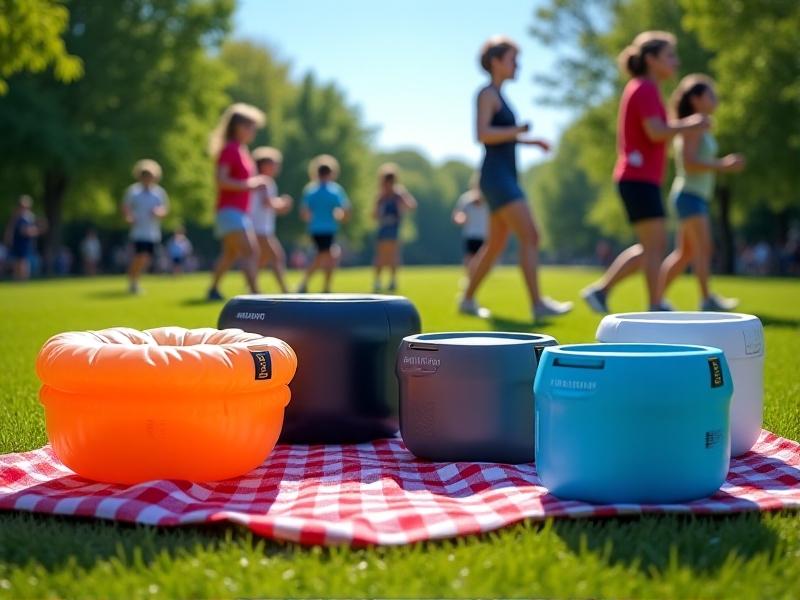
1. The Plunge Pro Travel Tub : A crowd favorite for its rapid inflation (under 2 minutes) and ability to maintain 50°F for 4+ hours. 2. ChillBox Go : A hybrid unit with a battery-powered chiller, perfect for road trips. 3. IcePod Nomad : Budget-friendly and ultralight, though it requires ice. 4. Polar Recovery Mobile : Combines a collapsible tub with a solar-heated shower for post-plunge warmth. 5. GlacierTech Trekker : Uses phase-change materials to stay cold for 8 hours without electricity. We tested these in climates ranging from desert heat to humid tropics—results varied, but all delivered core benefits.
How to Use a Portable Cold Plunge Safely While Traveling
Safety starts with temperature moderation. Aim for 50–59°F for 2–5 minutes—never plunge below 40°F without medical guidance. Use a waterproof thermometer to monitor conditions. Avoid submerging your head, especially at high altitudes where cold shock risks increase. Hydrate before and after, and time sessions to avoid interfering with sleep. In public spaces like hotels, check weight limits for balconies or floors. Always sanitize the tub post-use to prevent bacterial growth. For extreme environments (e.g., freezing temperatures), limit exposure to prevent hypothermia. Pair cold plunges with breathwork—inhale deeply for 4 seconds, exhale for 6—to ease the transition.
Real-Life Traveler Stories: Cold Plunge Wins and Challenges
Marathon runner Lila Chen credits her collapsible ice bath for recovery during a 3-week trek in Patagonia: “I’d plunge in rivers, but having a tub kept me consistent.” Conversely, digital nomad Raj Patel struggled with his hybrid cooler in Bali: “Humidity caused condensation issues.” Ultra-runner Elena Torres shares a hack: “Use hotel ice machines at 5 AM to avoid awkward stares.” Cyclist Markus Frey warns about airline weight limits: “I once paid $75 in baggage fees—now I ship gear ahead.” These stories highlight adaptability as the key to success.
Maintaining Your Portable Cold Plunge Gear on the Road
Post-plunge, drain and dry the tub thoroughly to prevent mold. Use eco-friendly cleaning wipes or UV sanitizers for quick maintenance. For inflatables, patch leaks immediately with silicone repair kits—test repairs before travel. Store units away from direct sunlight to avoid material degradation. If using ice, opt for purified or bagged ice to minimize mineral buildup. In humid climates, sprinkle baking soda inside the tub before packing to absorb moisture. For hybrid chillers, clean filters monthly and check voltage compatibility when abroad. Pro tip: Assign a dedicated stuff sack to keep gear organized.
The Future of Portable Cold Therapy: Emerging Trends
Innovators are pushing boundaries with phase-change materials that stay cold for 12+ hours, solar-charged cooling systems, and AI-powered apps that adjust plunge duration based on biometric data. Biodegradable materials like mushroom-based insulation are gaining traction among eco-conscious travelers. Wearable cold therapy devices—think cryo sleeves for joints—could complement traditional plunges. Meanwhile, hotels and airports are starting to offer cold plunge lounges, reducing the need to carry personal gear. As demand grows, expect lighter, smarter, and more sustainable solutions to dominate the market.

